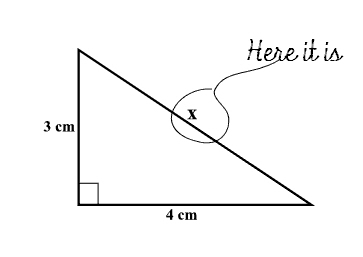Lingua Mathematica is an ESP course book which addresses the problems faced by non-native speakers of English who study mathematics through the medium of the English language. The book aims to develop strategies for making sense of the terminology used in mathematics text books and lessons. It features lively, thought provoking deductive tasks which actively engage students in thinking and speaking.
USERS
Lingua Mathematica is for students at high school and those who need academic English language support at university and college – pre-intermediate to intermediate (CEFR A2-B2).
The book is for immigrant students in English speaking countries and foreign students attending universities in English speaking countries. Throughout the book the differences between US and British English are made clear.
Lingua Mathematica is also for students in those parts of the world where secondary education has shifted the language of maths and science instruction from the country’s mother tongue to English.
Publication Date
Spring 2014CONTENTS
Unit 1. Numbers: decimals & fractions, making comparisons, how to use and in long numbers, ways of saying 0, pronouncing numbers, dates
Unit 2. Arithmetic: mathematical operations, forms of questions, radicals & exponents, question forms
Unit 3. Algebra: equations in spoken English, algebraic terminology, special use of like / unlike, passive sentences, word order
Unit 4.Statistics: questionnaires, describing data
Unit 5. Graphs: graph terminology, describing graphs, past tense
Unit 6. Geometry: prefixes, deconstructing complex vocabulary, prepositions of place, language of architecture, shapes & sizes, relative positions
Unit 7. Proofs: conditional sentences, propositions and proofs, paradoxes
Unit 8. Mechanics: connectives, describing movement & force, model / resolve / neglect / suppose / consider, visualising a set problem
Unit 9. Finance: collocations, prepositions, plain English
Unit 10. Chemistry: describing measurements of solids, liquids and gasses, subordinate clauses
BACKGROUND TO THE PROBLEM
Though it is often thought that mathematics does not require a strong command of language, in fact, mathematical reasoning relies heavily upon an understanding of vocabulary and syntax. Non native speakers of English often struggle to understand text books and lessons in English which feature long, complex sentence structures for both giving instruction and setting questions especially if they express: implications, negations, conditionals and passives.
The added problem is that the grammar and terminology of mathematics is very specific to the field and students not only have to learn mathematics-specific terms (percent, vector, exponent, polygon etc.), they also have to learn the ways that mathematics and the teaching of mathematics uses common English words. By way of illustration, Judit Moschkovich, who writes and lectures on the issue, gives this example of a student’s response to the instruction Find x in a geometry exercise:

LINGUA MATHEMATICA
An English Language course book for studying mathematics
